Rookie travel tips for South Africa
South Africa
Essential travel guidelines for first timers visiting South Africa
Advice from a local
Have you been dying to travel to South Africa but as a newbie you find it a tad intimidating?
What makes it worth visiting?
Some of the world’s best food, glorious wine farms, fabulous beaches, great climate, fantastic wildlife and gorgeous scenery is found in Southern Africa. Need I carry on?
The downside is it has some turbulent history, crime statistics are high, load shedding is a real thing and some roads are hazardous.
Should that stop you from traveling to the tip of the African continent? No. But do take some extra precautions, be observant and… oh, what the heck, here is a list of top tips.
Useful tips to read before you go
Visiting South Africa will leave a lasting impression. But don’t let it bamboozle or scare you.
1. Do get travel and medical insurance.
This applies when you travel to any country, not only South Africa. Insurance can be divided into two categories – travel insurance and medical insurance. Both are a necessity in my opinion. Flights can get delayed anywhere around the world; luggage can get lost. If you are one of the lucky ones, it will eventually arrive at your destination. But what if it doesn’t?
Accidents happen as well, not only if you are a keen adventurer. That does not mean they happen often but what happens if you break a leg or get ill?
2. Make sure you are up to date with your vaccinations.
Regular childhood vaccines such as tetanus, measles and hepatitis B are recommended as well as hepatitis A or typhoid. Other useful inoculations are rabies and influenza. If you are entering an area such as Mpumalanga and Limpopo you may need malaria prophylaxis. It is best to speak to your health practitioner, advisor or travel clinic for the right advice.
3. Domestic flights.
If you are flying from city to city in South Africa, don’t expect a huge selection of airlines to choose from. Many of our local airlines have gone belly up whether from lack of travel during Covid times or because they were badly managed.
4. Uber is widely used in South Africa in the major cities.
We use Uber regularly in the major cities as a couple or a group of people. But do use the app and don’t believe any chancers that hustle you at airports claiming they are Uber. That is not how it works. Our transport infrastructure is poor so we recommend Uber, airport transfer companies found inside the airport buildings or shuttle services such as hotel transfers.
Cabs are few and far between and our local taxis (minibus taxi industry), whilst fast and can get you to most places, take some getting used to. They have a language of their own too.
5. Car rentals are reliable and there are many companies to choose from.
There are many car rental agencies at the airports for all budgets. They are reliable but if you are traveling during a popular holiday time, make sure you book your vehicle in advance. If you are renting a car, get full insurance and check the vehicle for any scratches or dents and notify the agent. Keep nothing of value visible in your vehicle. We drive on the left. There are often speed cameras often hidden, so stick to the speed limit.
Top tip: Expect other drivers in South Africa to do the unexpected. Taxis (minibuses) often stop at intersections to load or offload their passengers. Other vehicles might stop abruptly to pick up friends in an undesignated area.
Beautiful sunset and cloudscape at the Drakensberg amphitheater, Kwazulu-Natal
6. Cell phones work in most cities and towns but not always in the rural areas.
Cell communication is quite good in South Africa … except when you are off the beaten track and also sometimes when it is loadshedding (more about that later). You should be able to get a local SIM at most airports often with no credit. You can then buy data plans or voice & data combo bundles.
7. For most international visitors the exchange rate will be in your favour.
South Africa is a budget friendly travel destination but it can also be expensive, depending on where you stay, what you do or eat. Private safari lodges are expensive. Camping is usually a great cost saver. Food and wine is usually inexpensive for foreigners, except if you go to five-star restaurants and order the most expensive items. Our currency is the South African Rand (ZAR). Our denominations are R200, R100, R50, R20 and R10 notes, often referred to as Mandela’s. Coins are 10c, 20c, 50c, R1, R2, and R5.
A cup of coffee costs between R25 – R45.
A hamburger costs between R60 – R100.
These prices depend on the type of restaurant you go to. This is just a rough indication so you can compare what you normally pay for these two commodities.
Missing out on tips from Roaming Fox? Click the button below and subscribe to receive the latest news.
8. Personal safety is priority number 1.
Be observant, stick to some of my safety tips and you should be OK. South Africa does have a high crime rate and there are some areas that I recommend you avoid. It does not mean that you will necessarily see gun slingers at every single corner, but there are reasons we have security fences, gates and high walls around most of our properties as well as alarms linked to security companies.
The majority of incidents occur if you are an easy target and not vigilant or if you leave valuables in sight. Flashy jewellery or watches, cell phones and wallets, handbags or purses are easy to snatch. It is advisable not to walk around alone at night.
Johannesburg - a mix of architecture - Gauteng
9. South Africa is a developed country but…
Will you be stepping into the bushveld or a jungle when you step off the plane into South Africa? Hardly ever. Our cities are cosmopolitan, with multi laned highways and high-rise buildings. Our wildlife roam in reserves although it has been known to find the odd wild animal occasionally in some built up areas, but that does not happen often. You might find more wildlife roaming the streets through villages or towns closer to game reserves.
Our infrastructure has deteriorated and some of our roads are full of potholes. Electricity isn’t always available. We don’t have a great transport system whether by rail or any other means. Equipment when maintained or replaced is often damaged soon after due to vandalism, theft or abuse.
Our national roads are in a relatively good condition and safe to travel but secondary or provincial roads are weakening rapidly, especially after rain or if used by huge trucks to transport goods. When driving on some of the roads you will be required to pay a toll fee.
Be observant when driving in areas where there are large trucks transporting goods such as coal or other commodities. They often drive recklessly or do not stick to a safe following distance, making it difficult for cars to overtake safely.
10. What is loadshedding?
Loadshedding has been in South Africa for many years. It is when the demand for electricity exceeds the available amount in the entire system in the country. Planned interruptions of about 2 to 4 hours sometimes 2 to 3 times a day are then carried out which is referred to as load shedding. The supply to various consumers is switched off in a controlled manner by rotating the available electricity between all Eskom customers and municipalities.
There is even an app for it with a schedule for each area or suburb in South Africa - EskomSePush. It is disruptive but at least one can try and plan around it… if nothing goes wrong when they switch the electricity back on. The infrastructure is collapsing and more serious maintenance needs to be done.
How does this affect you if you travel to South Africa? Many businesses use generators during loadshedding, but not all. You might find some restaurants cannot operate, you have to plan ahead to keep your equipment such as cell phones and cameras charged. Traffic lights are often out and cell tower signals run low because their backup batteries run low. Get my drift?
Hot tip: If you cannot download EskomSePush, take a look at this useful load shedding website for the schedule in specific areas.
11. Ladies can travel solo.
Many women travel solo in South Africa but I would warn that you stay vigilant and lock your car doors. Do not go into certain areas alone, especially after dark. Keep your personal belongings secure and don’t just engage in a conversation with any stranger, even though most South Africans are friendly and helpful.
Stick to common sense and your gut instinct. Don’t get yourself into a situation where you are not comfortable. Do not leave your drink unattended. If you do, rather buy a new one. There are occasions where drinks have been spiked to the detriment of young ladies or girls.
Drink spiking happens throughout the world but if you are not aware of it, drugs are added to a drink without you knowing about it. This is usually a mind-altering substance that affects how you behave, in other words, ‘date rape drugs’. This is often done before a sexual assault.
12. Crime affects ALL South Africans.
Don’t let anyone misguide you by saying that crime only affects certain populations. It affects ALL South Africans, and I speak from experience.
In the very next breath I will concur that it affects people living in low-cost housing or informal settlements more often. Whether it is because those areas are high density population, whether they are more vulnerable because of their circumstances and surroundings therefore less secure, or whether it is more dangerous I cannot confirm.
The Cape Flats are known to be treacherous because of criminal gangs victimising other honest citizens living there.
Commuters in many parts of South Africa that walk to or from their transport, work or home, are often attacked by criminals (called tsotsis), especially, but not only on Fridays or end of the month, after wages have been paid.
Cango Caves near Oudtshoorn, Karoo
13. There are hawkers and beggars.
At many of the intersections there are unfortunately beggars and hawkers and amongst those choosing to earn an honest living there are those that do it dishonestly as well. We call it smash-and-grab’s where someone smashes your window while you are stationary, with a sharp object (or sometimes a spark plug) and then they stick their hands through the open or shattered window and grab anything in sight or within grasping distance.
Some of the beggars prefer to beg and often use their children for sympathy. I prefer not to give them money but rather give to a charity organization.
14. Keep your valuables out of sight.
Don’t flash money around or leave cell phones or wallets on restaurant tables. Ladies, do not hang your handbag over the back of a chair at a restaurant. Credit cards are accepted in most establishments but don’t let your credit card out of your sight. Credit card fraud is rife not just in South Africa.
15. Sunscreen is a necessity.
The African sun is harsh, and in South Africa it is equally so. Use sunscreen with a high SPF and if you burn easily a sunblock is more appropriate.
Cape Vidal beach, iSimangaliso, Kwazulu-Natal
16. English is a universal language but not always used widely.
In the cities most people speak English, among other of the 11 national languages. This does not mean you will necessarily understand their accent.
If traveling in rural off the beaten track areas there may be some that do not speak English. South Africans from Cape Town sound different to those living in Kwazulu-Natal or Mpumalanga or other provinces. Certain languages are more prominent in some provinces than others.
17. Tipping is a thing.
Car guards at shopping centres as well as waiters and waitresses usually expect a tip. Tipping at a restaurant is normally about 10% of the total bill amount. Tipping a car guard, a friendly guy who usually has a luminous orange or yellow vest and offers to help you with your shopping or trolley, can range from about R2 to R5, sometimes R10 depending on the time you park there. Some shopping centres charge for parking, whether it is out in the open or under cover. A ticket is issued and it has to be paid at a self-serve kiosk just before you get into your vehicle and drive out.
We avoid using porters at airports as there are trolleys available for your luggage.
18. Use reputable and recognised tour groups.
Do not venture into areas that you are unsure of. Rather use a reputable and recognised tour group that will take your safety into consideration. Experience true South Africa, but do your homework and read the reviews or use word of mouth from a trustworthy source.
19. Don’t underestimate the size of South Africa.
South Africa might just be the tip of Africa but it takes time to travel through. Visiting Cape Town is very different to visiting the Kruger National Park. They are almost 2000 kilometres apart. You can fly to the Kruger, but then you would be missing out on the many lovely sights around the country.
There are nine provinces in South Africa. Western Cape, Northern Cape, Free State, Eastern Cape, Northwest Province, Gauteng, Limpopo, Mpumalanga and Kwazulu-Natal. Gauteng is the smallest province but the most densely populated.
To give you an idea, Cape Town in the south to Musina in the north of South Africa and almost on the border of Zimbabwe, is almost 2000 kilometers apart.
20. South Africa is diverse.
As mentioned above, two areas and their people are very different. If you want to see a fair deal of South Africa, you need to allow enough time to embrace all it has to offer, from beautiful scenery to its wildlife, its people and culture as well as its food and customs. If you cannot visit for a long period of time, try to organise different holidays for different destinations within our beautiful country.
21. South Africa is a land of beauty and splendour.
The natural beauty of South Africa is magnificent. The mountains are impressive whether they are the mountains in the Cape or the Drakensberg mountains in Kwazulu-Natal. The coastlines are as diverse as is the landscape. The Cape coastline and the Northern Cape coast has the cold Atlantic Sea. From the eastern edge of the Western Cape, the Eastern Cape and Kwazulu-Natal has the warmer Indian Ocean. Many beaches are unspoilt throughout South Africa and worth a visit. Some can be treacherous due to rough sea conditions. Rip tides are common in certain areas, while there are very safe to swim beaches suitable for young families.
Snow on the Drakensberg
The climate and terrain throughout South Africa varies from Mediterranean-like, to sub-tropical, arid and desert-like. Winters can be deceptively cold in certain areas, especially at night and summers can be cool in some places but scorching in others, so be prepared for all kinds of weather come rain or shine.
Black rhinoceros
22. Safaris are an intrinsic part of South Africa.
It is not essential to go on safari, but you would be missing out considerably if you don’t. Although there are some wildlife reserves within the Western and Eastern Cape, most are in Limpopo, Mpumalanga and Kwazulu-Natal. It is essential to do your research. Where will you be traveling to and how much time will you have on hand? How long do you want to be on safari?
African Elephant
23. Do not drive with your doors unlocked.
I will re-iterate this. It has become an essential part of our lives. Majority of the time we do not start driving before we have locked our car doors. If we need to wind our windows down we do it for a short period or only open them for a couple of centimetres. If you come to a standstill at traffic lights or stop streets, assess the area and if you don’t feel comfortable with the amount of people at the intersection, close your windows.
24. The southernmost tip of Africa is not at the Cape of Good Hope.
The Cape Agulhas, at a small coastal town of the same name in the Western Cape, is the true southern tip of Africa. It is situated just over 200 kilometres east of Cape Town. The Cape of Good Hope is known as Cape Point, the most southern part of Cape Town and Table Mountain National Park.
25. Charity is noble but support a good cause.
Check that your volunteer program, tour operator, charity organization or conservation program is ethical and designed for the improvement of the animal, person or terrain.
There are some that are out to make a quick buck and are lining their own pockets. They often exploit people or wildlife.
26. Politics are very relevant in South Africa.
Although we are a democratic country, there is still a huge amount of inequality. As a result there are often protests. Some are disruptive and others can turn violent.
Politics are openly discussed in South Africa, but you might be surprised by the answers. Not everyone supports the local government but many people will be prepared to discuss the past, rant about it but also bluster about the present-day situation.
27. There are endangered species then there are those that are just fine.
Be sure of your facts before touting about endangered species such as elephants, monkeys or even giraffes. Rhinoceroses are definitely endangered, especially the black rhino. It is a sad state but hopefully enough is being done.
Elephants however are plentiful, especially if you have seen them in numerous game reserves. There is a fine balance between human and animal population and while it is vitally important to ensure the survival of our wild mammals. We have to get the balance right. The wildlife population cannot exceed the sustainable size of the terrain.
There are plenty of monkeys and they breed rapidly. As cute as they are, they can become a pest. With humans interfering in the ecosystem, the environment and its wildlife cannot take its natural course.
As data has proved, the mortality rate of adult giraffe is very low at around 3%. The mortality rate for vulnerable baby giraffe are closer to 50%. This might sound alarming but the South African giraffe population is quite healthy. The life span of an adult giraffe in the wild is about 10 to 15 years.
Will South Africa bamboozle you?
My conclusion? Take that trip and visit South Africa. Even without all these tips you will be fine, but hopefully they will stand you in good stead. If you are at a loss, just ask a local.
Travel, explore and discover. Enjoy seeing all of the amazing and beautiful sights of South Africa. It is definitely worth the adventure.
Fish Hoek beach - Cape Town - Western Cape
Bonus Content:
Useful vocabulary and phrases used in South Africa:
Language in the Rainbow Nation
Because there are 11 official languages spoken in South Africa, some slang words or phrases have been formed or borrowed from each language over time.
Whilst it is not essential to know the words, phrases or colloquialisms, it will certainly make a bit more sense to you when they are used. You might even know what you are eating.
Got a plastic? (or a Checkers) – This is referring to a shopping bag and if you have brought one to put your groceries in. If you haven’t, you can buy one at the counter.
Yebo – A Zulu word, commonly used meaning yes or anything affirmative.
Eish! – An astonishment exclamation. Whether you are confused, exasperated, surprised or upset.
Yoh! – Another exclamation that expresses surprise or astonishment.
Now, just now or now now - Mostly it means soon but it often refers to an undetermined amount of time, which can be anything from right now, 5 minutes later or even 5 hours later. Get the gist?
Lekker – This means great, good, yummy, cool, or awesome.
Sharp, sharp – Pronounced shup shup, it means everything is in order, cool, good or OK.
Sorry – It means just that but is often said to expressing sympathy to the other person even though it might have been self-inflicted.
Howzit? – A phrase used to ask how you are doing. Short and sweet, and most South Africans know what it means. No need for a long sentence. A short reply? Sharp!
Robot or robot intersection – This refers to a traffic light or traffic light intersection.
Zebra crossing – Is this self-explanatory? Probably, but just in case, it is a pedestrian crossing marked with white stripes.
Shame – Referring to ‘what a shame’ and not that it is a disgrace.
Lunch at Babylonstoren - a delicious pie
Traditional Foods & Drinks culture from South Africa
Don’t leave South Africa without trying at least some of these!
Braai – By now I am sure many foreigners know what it means. If you are one of those that don’t, it refers to a barbeque.
It has its own criteria: A traditional braai is done on coals made from a wood fire. If you want to stir the pot, figuratively of course, you MAY, at your own peril, add charcoal or charka bricks. But NEVER, EVER, EVER refer to a braai if you are using gas otherwise known as propane, especially not in front of a true South African. They might just send you packing without your dinner.
Another common saying is “Ons gaan nou braai!”, meaning we are going to cook the food soon. Don’t always expect it to happen within the next few minutes, especially after a few social drinks. Sometimes the socialising takes preference and it might be midnight before you get your dinner.
Anything can be cooked at a braai, from the traditional mutton or lamb chops and of course boerewors (a traditional sausage with some spices inside), to steak, spareribs or pork chops. Other favourites are kebabs, chicken, braaibroodjies (toasted sandwiches), roosterkoek (bread rolls), pork sausages and even a potjie. (Meals or stews cooked in a black cast iron pot).
Biltong & droëwors – Biltong is strips of meat, spiced and dry cured. This was a traditional way of preserving meat before fridges were invented and were great for nomads. Droëwors is boerewors also dry cured. Both are a great high protein snack at any time, whether socialising, on a safari or on a road trip. Great for kids to nibble on too.
Bobotie – A flavourful curried mince, topped with a mix of egg and milk custard then baked in the oven, bobotie is one of the most popular and renowned dishes of South Africa, originating from the Cape Malays.
Vetkoek – A traditional South African deep-fried dough similar to a bread roll, filled with savoury, curry or tomato flavoured mince, is a typical fast-food hunger buster. It can also be eaten without the mince and filled with a smear of apricot jam and even grated cheese.
Melktert – A South African dessert or tart consisting of a sweetish pastry crust – traditionally puff pastry, containing a custard filling made of milk, flour, sugar and eggs, Melktert originates from Dutch settlers that came to the Cape. Once cooked it is topped with a sprinkling of cinnamon powder.
Malva pudding – A warm, spongy, syrupy, sweet pudding served with custard. Caramel flavoured, you can usually find it at a restaurant or any food shop. It will satisfy your sweet craving for weeks to come.
Springbokkie – A national cocktail shooter from South Africa. It consists of 1 part of Amarula Cream liqueur and 3 parts of Crème de menthe or Peppermint liqueur. The Crème de menthe is poured into a shot glass and the Amarula is carefully layered on top. It is a tribute to the South African rugby team, the Springboks. A springbokkie can refer to a young springbuck as well.
Bunny chow – An Indian South African fast-food dish, when you take half a loaf of white bread, hollow it out and fill it with curry. That’s a bunny chow, and no, not a real bunny chowing or eating. It originated from the South African Indians from Durban.
Koeksister – Another sweet treat, a koeksister is a traditional Afrikaner confectionery made from twisted or plaited dough, deep fried then infused in syrup and served cold, preferably fridge temperature. If the malva pudding didn’t satisfy your sweet tooth, this one surely will and is sure to set you off on a sugar high.
Bokkoms – A small, whole mullet fish, bokkoms originate from the Cape Coast region of South Africa. Salted and dried in the wind and often referred to as fish biltong, it might not appeal to everyone’s palate.
There are some variations to the traditional dishes above as well as many more foods favoured by the locals of South Africa, but these should tickle your tastebuds for a while.
I might well have only scratched the surface about South Africa, but once you set foot in South Africa you will get a feel for what you would enjoy doing and seeing. Have fun!
Artisan breads and pastries at Valley bakery, Drakensberg
On Pinterest? Pinterest Pin below:
Find me on Social Media:

















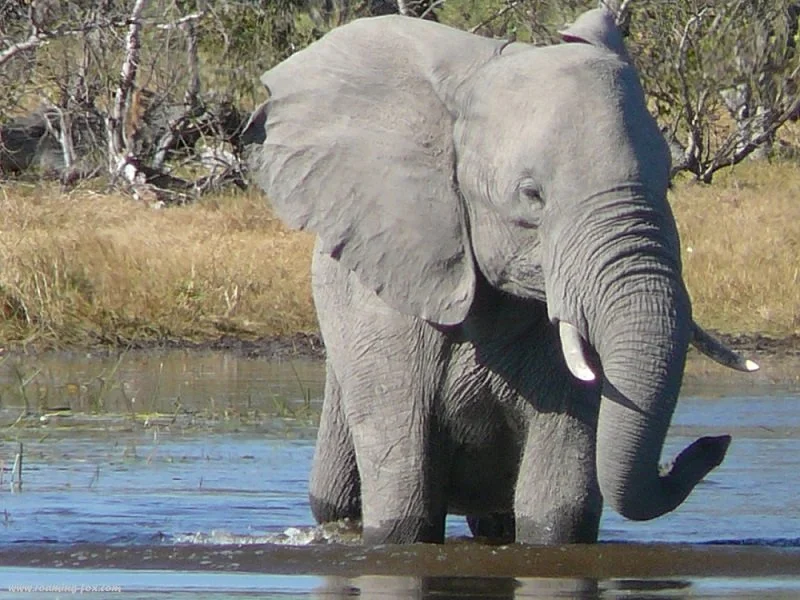
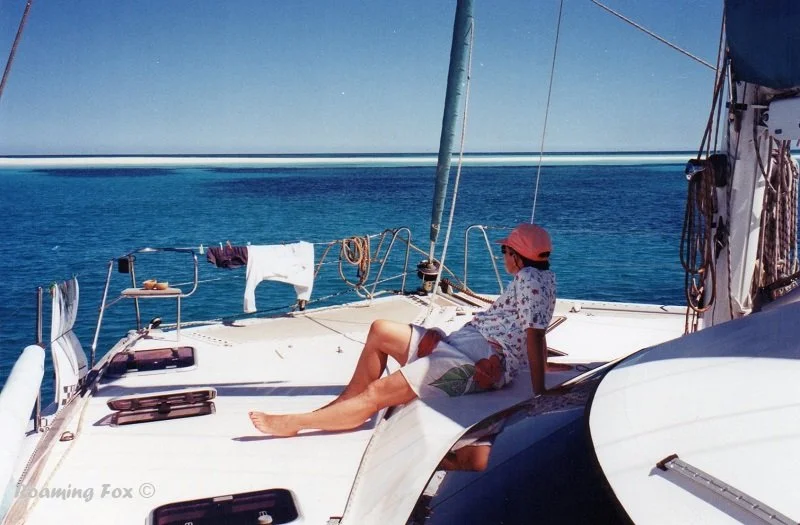

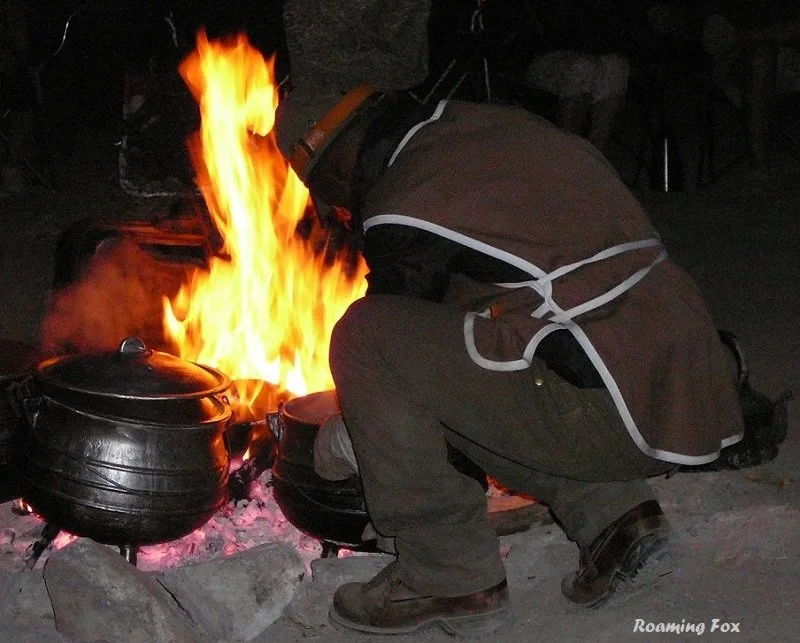





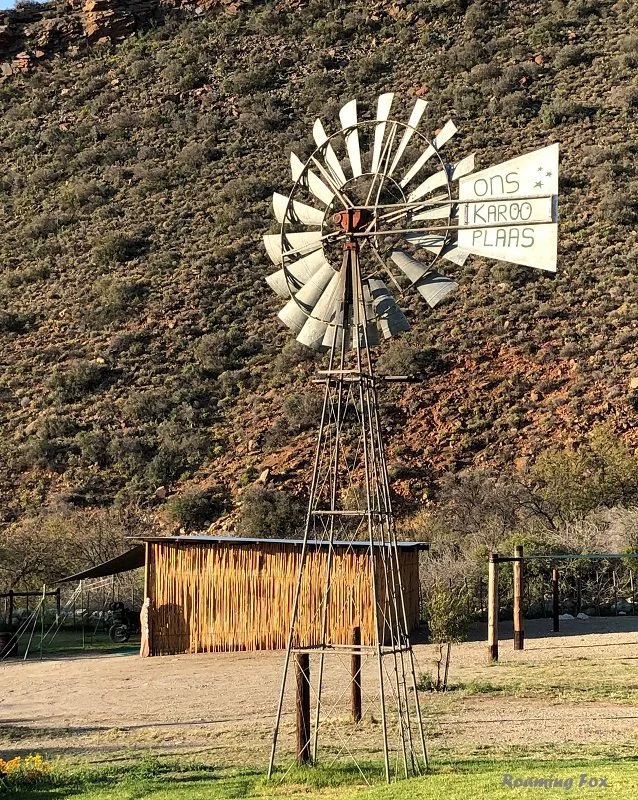


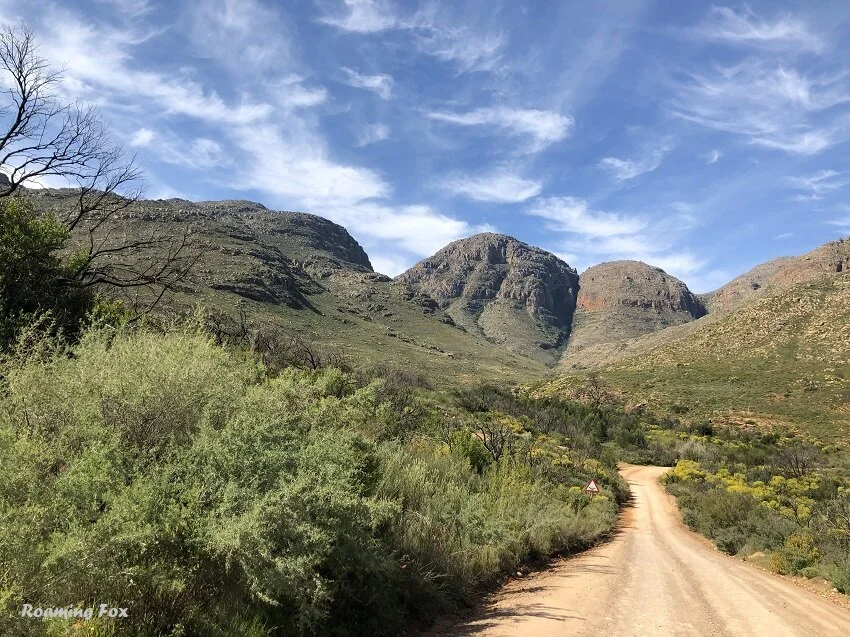
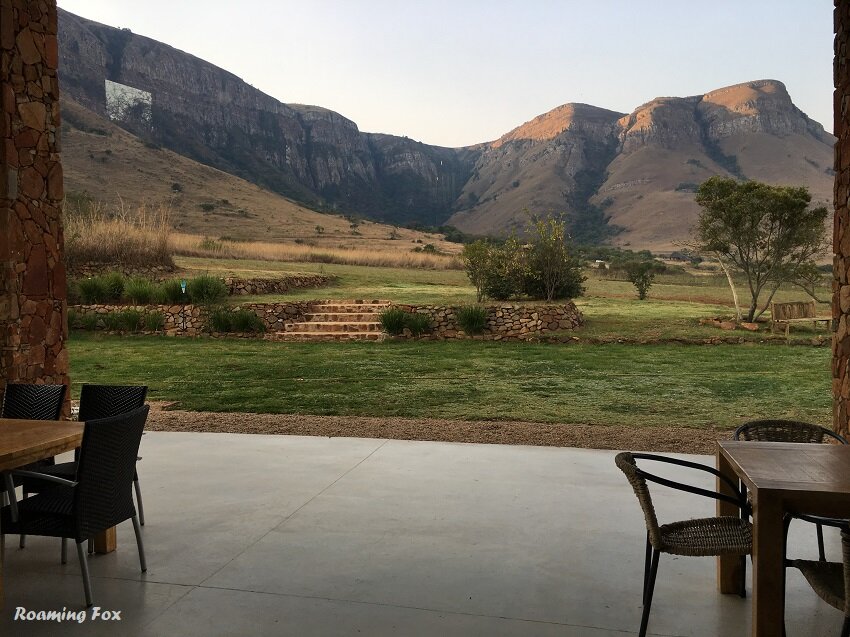




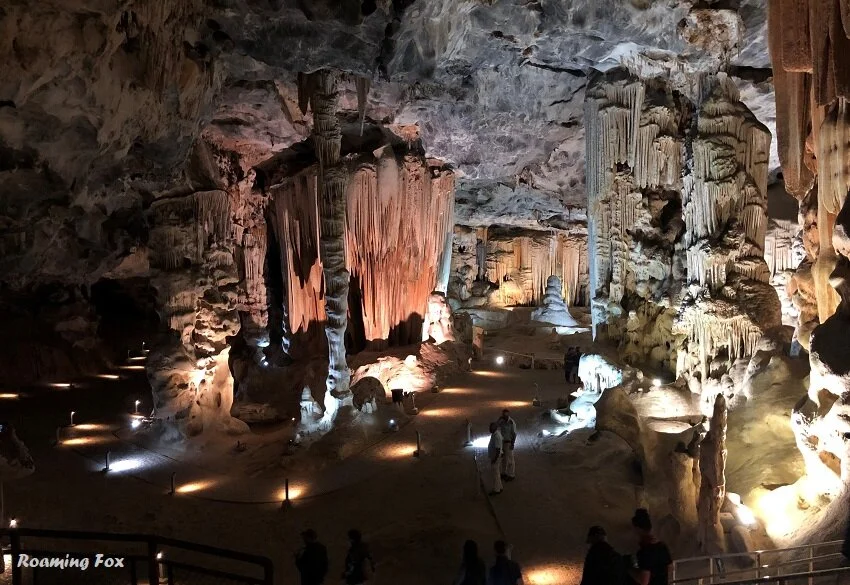

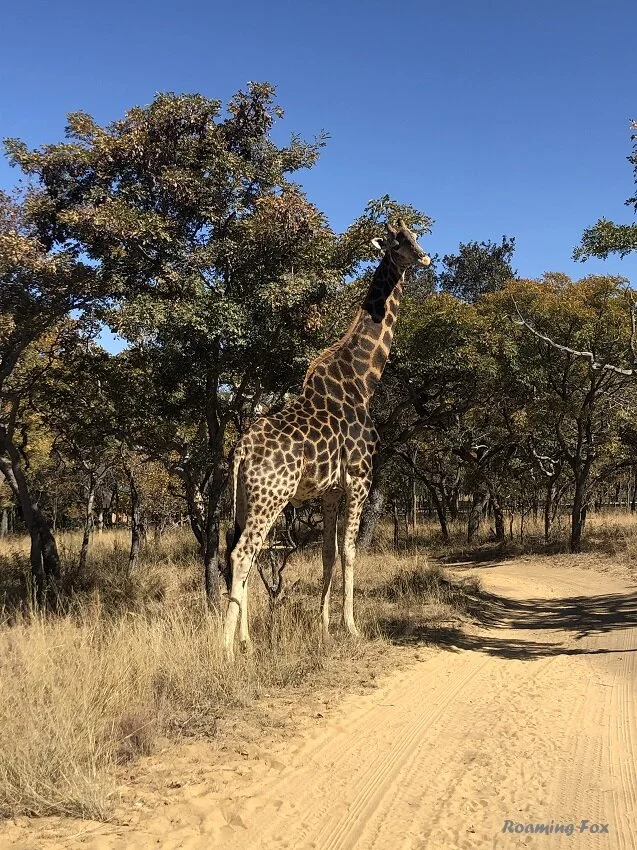
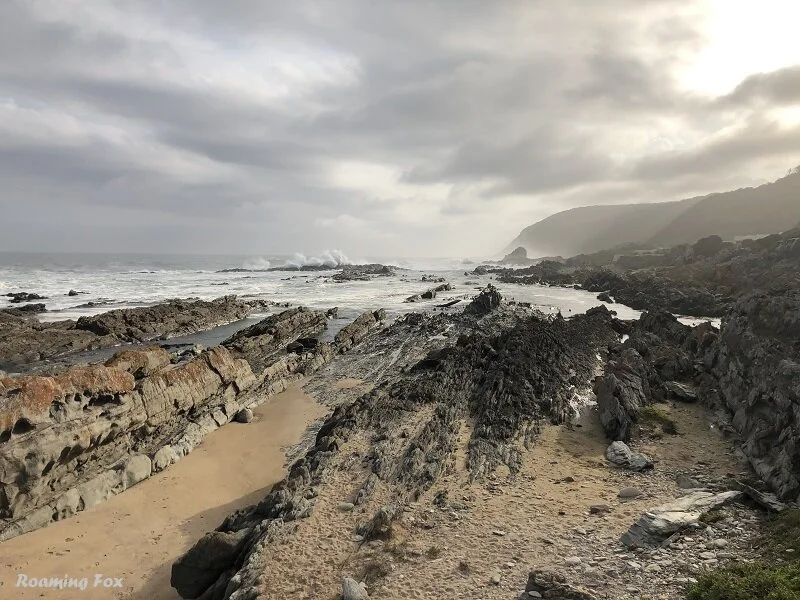
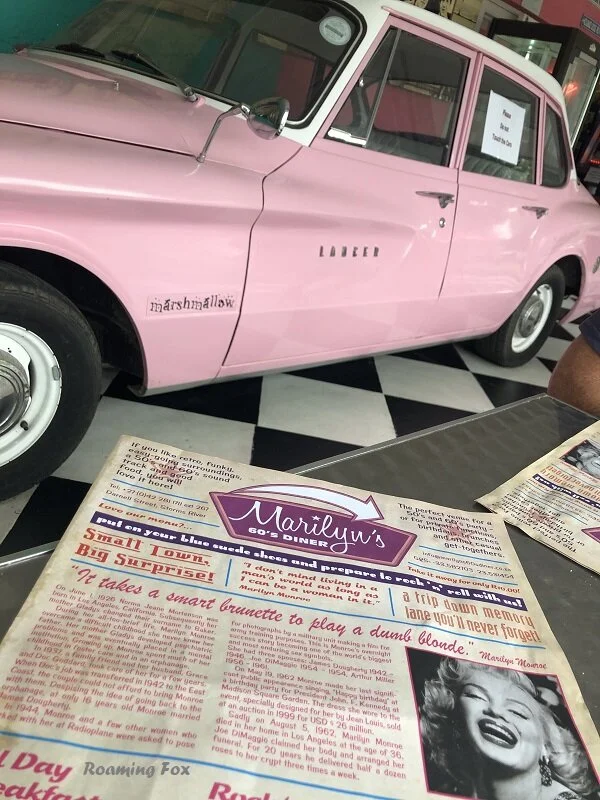
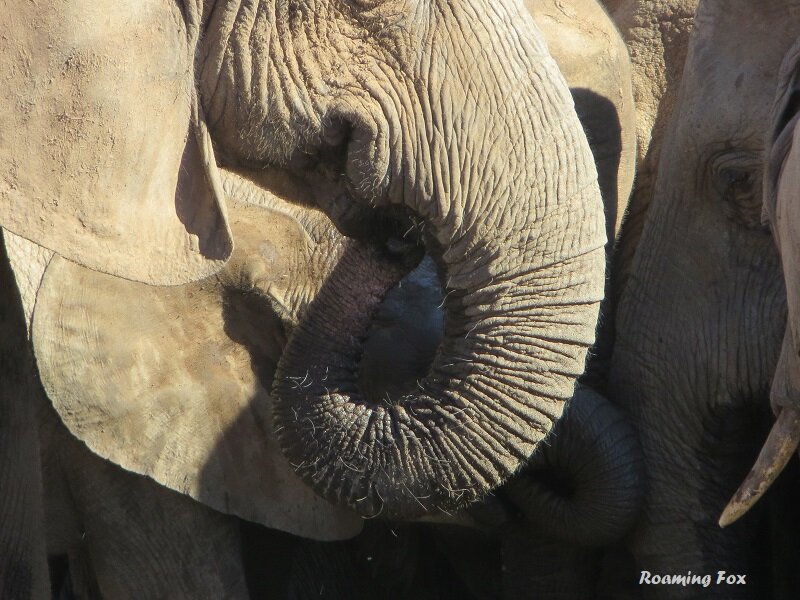

The Best Way to see a country? Take a road trip! Have you ever had that feeling when you hit the open road on your road trip? Freedom. Anticipation. Exhilaration.